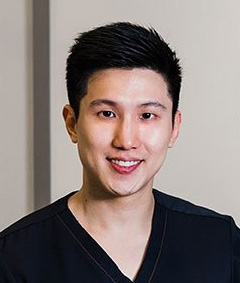Eye bags, puffy under eyes and saggy under-eye skin are one of the most common signs of face aging. While we cannot prevent aging, there are effective non-surgical and surgical treatments for improving the appearance of your under eye bags, wrinkles, dark eye circles and saggy skin.
In my practice, I’m asked these questions very often:
“Can I remove my eye bags without surgery?”
“Is eye bag removal painful and risky?”
“Are the results of eye bag removal treatment permanent?”
Here’s all you need to know about under eye bags and eye bag removal treatments in Singapore.
Contents
- 1 Eye Bags Removal in Singapore: An Expert’s Guide
- 1.1 Non Surgical Eye Bag Removal Treatments in Singapore
- 1.1.1 Remove under eye fat using AGNES RF
- 1.1.2 Tighten under eye skin using HIFU Ultraformer & EndyMed
- 1.1.3 Volumise the tear trough hollowing using Dermal Fillers
- 1.1.4 Rejuvenate under eye skin using Pico Laser & Fractional CO2 Laser
- 1.1.5 Under eye wrinkle reduction with Botox.
- 1.1.6 Non-Surgical Eye Bag Treatment Price / Cost in Singapore
- 1.2 Non-surgical versus Surgical Eye Bag Removal Options and Reviews
- 1.3 FAQ
- 1.3.1 How many sessions are required to see results?
- 1.3.2 Any side effects associated with the treatment?
- 1.3.3 How much downtime is required after eye bag removal?
- 1.3.4 What must I avoid before and after eye bag removal?
- 1.3.5 Is eye bag removal permanent?
- 1.3.6 How long does eye bag removal in Singapore usually take?
- 1.1 Non Surgical Eye Bag Removal Treatments in Singapore
Non Surgical Eye Bag Removal Treatments in Singapore
If you have mild to moderate severity of eye bags and dark eye circles, you might want to consider non-surgical methods of eye bag removal treatments before attempting surgery.
At Sozo Aesthetic Clinic, we target your under eye bags and dark eye circles using specialised treatments. With one of the most comprehensive suite of eye rejuvenation treatments, you can be assured of holistic improvements and natural results.

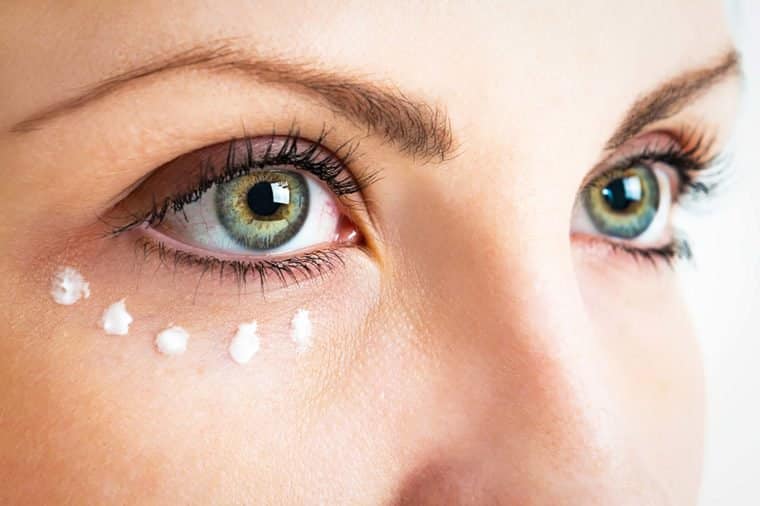
Remove under eye fat using AGNES RF
AGNES is a Korean-made laser that uses radiofrequency (RF) delivered using insulated micro-needle to perform 2 powerful effects: melt excess eye bag fat and stimulate collagen to tighten under eye soft tissue.
For small eye bags, only 1 treatment session is required. For larger eye bags, 2-3 treatment sessions might be needed. Treatment intervals are spaced 1-2 months apart.
Tighten under eye skin using HIFU Ultraformer & EndyMed
Saggy under eye skin and wrinkles also contribute to the appearance of eye bags.
Non-invasive treatments like Ultraformer 3 HIFU’s 2.0mm specialised Eye treatment and EndyMed RF specialised iFine treatment are used to stimulate collagen and tighten under eye skin.
Ultraformer HIFU Eye treatment is a medical-grade HIFU procedure that is performed every 12 months while EndyMed RF iFine treatment is performed every 1-3 months as a maintenance procedure.


Volumise the tear trough hollowing using Dermal Fillers
The best method to replace lost volume is by using injected dermal fillers. Popular dermal fillers that are suitable for the under-eye include Restylane Defyne (Hyaluronic acid) and Rejuran I (PDRN) fillers. These fillers are once a year treatments.
Rejuvenate under eye skin using Pico Laser & Fractional CO2 Laser
Pico Laser and Fractional CO2 Lasers are the ideal treatments for mild fine lines at your under eyes. By resurfacing your skin, these lasers smoothen out your wrinkles.
At least 3 to 5 laser treatments are recommended at monthly intervals for best results.
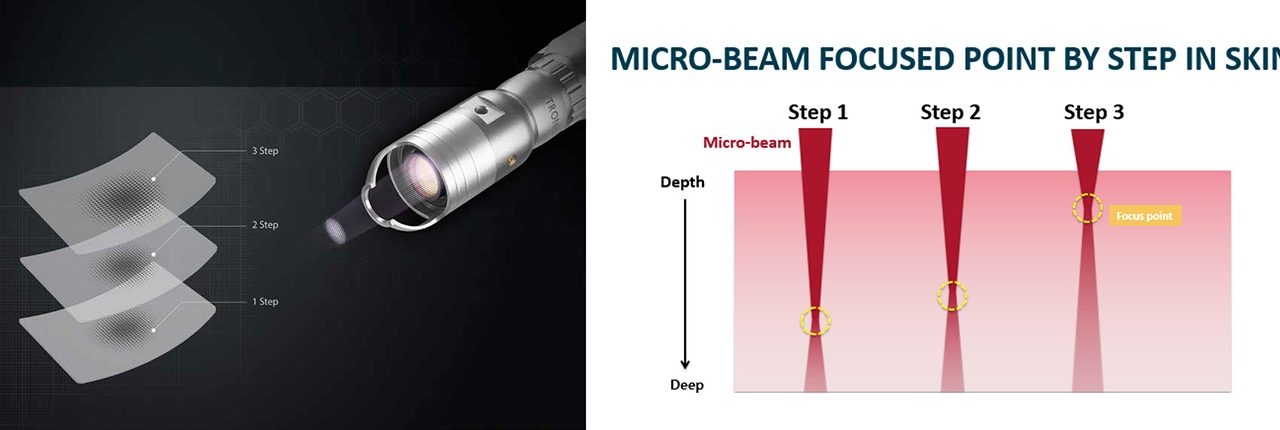

Under eye wrinkle reduction with Botox.
Dynamic wrinkles (or movement lines) at the under eye as well as crow’s feet can be improved with Botulinum toxin injections.
Under eye botox treatment is both safe and effective for reducing fine lines and wrinkles that are caused by repeated muscle movement.
Unsure which of these 7 non-surgical eye bag treatments are most suitable for you? Contact us for a customised treatment plan.
Non-Surgical Eye Bag Treatment Price / Cost in Singapore
Treatment | Price |
|---|---|
Picolaser | from $1800 |
Fractional CO2 Laser | from $450 |
Botox | from $300 |
Ultraformer HIFU | from $450 |
Agnes RF | from $1000 |
Endymed | from $500 |
Dermal Fillers | from $800 |
Non-surgical versus Surgical Eye Bag Removal Options and Reviews
Everyone is unique. Hence, under eye treatments should always be customised according to your needs.
You should decide on your treatment options based on the severity of your condition, budget, medical history and ability to tolerate downtime.
Surgical eye bag removal is a good option for patients with the following:
- Severe, large eye bags
- Severe saggy skin
- Able to take recovery time of at least 1 week
- Able to tolerate general anaesthesia
Non-surgical eye bag removal is ideal for the following patients:
- Small to medium-sized eye bags
- Mild to moderate amount of saggy skin and fine lines
- Unable to take downtime of more than 5 days
- Not keen for general anesthesia
- Looking for a cost-effective option
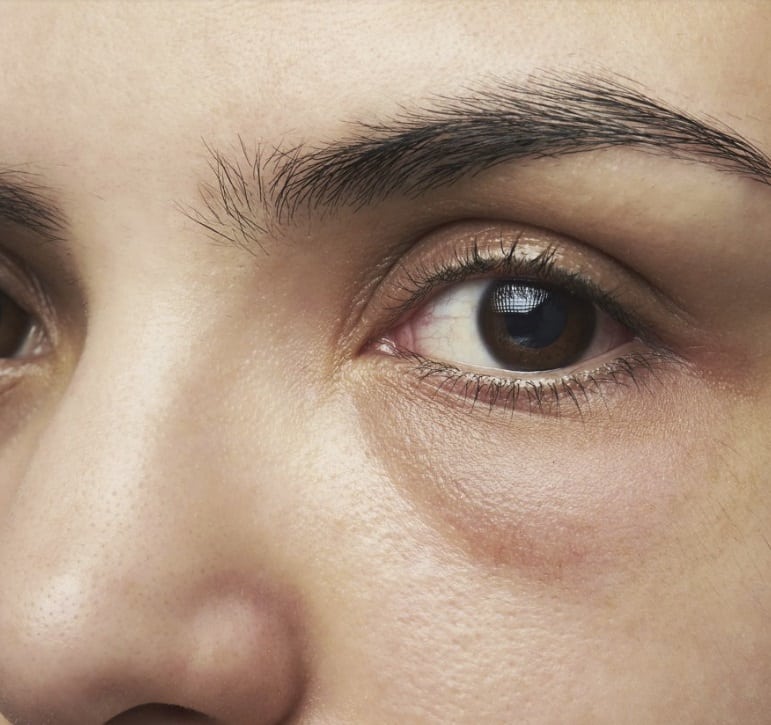
Non-surgical eye bag treatments are for prevention and maintenance of eye aging whereas surgery is for treatment of severe eye aging.
Both types of treatments are synergistic. In fact, non-surgical treatments are used Before and After surgery.
Before surgery: Non-surgical treatments slow down aging and delay the need for surgery.
After surgery: One still continues to age after surgery. Non-surgical treatments are used to enhance and preserve the results of surgery.
What is Eye Bag Removal Surgery?
Eye bag removal treatments or surgery are known as lower eyelid blepharoplasty.
There are 2 types of eye bag removal surgery: Transconjunctival lower blepharoplasty and transcutaneous lower blepharoplasty.
If you have excess under eye fat without saggy skin, you can consider transconjunctival lower blepharoplasty.

A transconjunctival approach to lower blepharoplasty is often known as the scarless blepharoplasty. This is because the incision is made in the conjunctiva (inner side of your under eye).
Another approach is to remove fat through a transcutaneous approach, which involves an external incision on the skin at your under eye.
The benefit of transcutaneous lower blepharoplasty is the ability to remove excess saggy skin in addition to removing fat.
However, the disadvantage of transcutaneous lower blepharoplasty is longer recovery time (1 to 2 weeks) and the possibility of a scar.
Not keen for long recovery times, the chance of scarring and anaesthesia risks?
Apart from surgery, there are several effective non-surgical methods to rejuvenate your under-eye.
How much does eye bag removal surgery cost in Singapore?
Eye bag removal surgery in Singapore can cost from $6000 to $15,000.
The price differences are dependent on the severity of your eye bag condition, the experience of the doctor and the complexity of treatment.
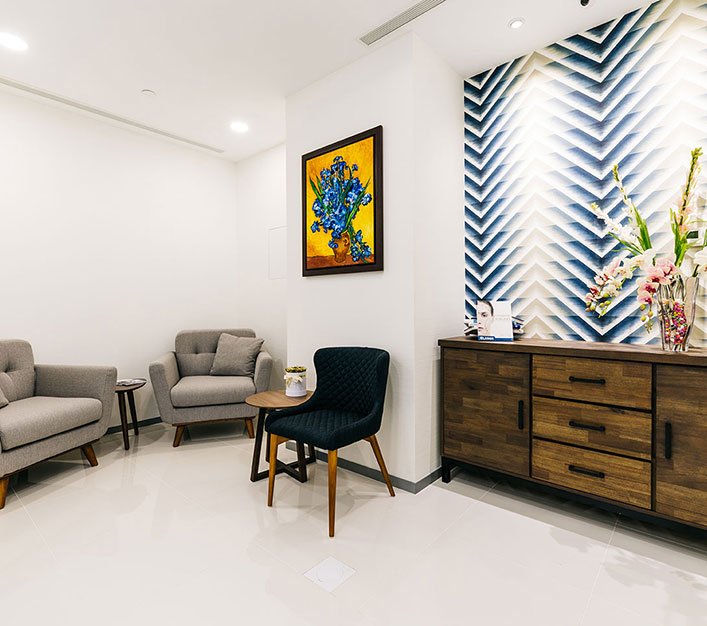
FAQ
How many sessions are required to see results?
This will depend on the kind of treatment you’re undergoing. For removal of eye bag fat through AGNES RF, 2-3 sessions are recommended with 1-2 months apart. For tightening the under eye skin, Ultraformer HIFU Eye treatment should be done every 12 months, and EndyMed RF should be 1-3 months as maintenance. For rejuvenation of the under eye skin and reduction of fine lines around the area, Pico Laser and Fractional CO2 should be done at least 3 to 5 times with 1-month interval.
Any side effects associated with the treatment?
Some of the treatments mentioned earlier, come with mild side effects – blotching of skin, minimal swelling, pinkish flush, and mild itchiness. While mild pain and numbness are very rare to happen, they can be combated with ointments prescribed by the doctor. These side effects are nothing serious as they can disappear within hours and some just within a few days.
How much downtime is required after eye bag removal?
Non-surgical Eye Bag Removal only takes less than 5 days of recovery time. While a Surgical Eye Bag Removal, such as transconjunctival lower blepharoplasty, requires more extended downtime of about 1 to 2 weeks.
What must I avoid before and after eye bag removal?
Before undergoing an eye bag removal surgery, be sure to discuss your expectations with your surgeon. Quit smoking ahead of time to avoid complications during the recovery period. Do not drink any alcoholic beverage as it may lead to fluid retention. After your treatment, avoid activities that can dry up your eyes, such as reading and watching television. Stay clear of physical activities for a month as it may increase blood flow to the eyes. Also, be sure to avoid direct sunlight and use dark sunglasses in every recovery stages until you’re completely healed.
Is eye bag removal permanent?
Surgical Eye Bag Removal Treatment brings permanent results – this involves incisions around your eye area for the excess fat to be removed or repositioned. However, other treatments such as chemical fillers using hyaluronic acids may only last for about 12-18 months.
How long does eye bag removal in Singapore usually take?
This depends on the kind of treatment you’re undergoing and the severity of your condition. Some treatments take 10 minutes, while others may take 60-90 minutes.
